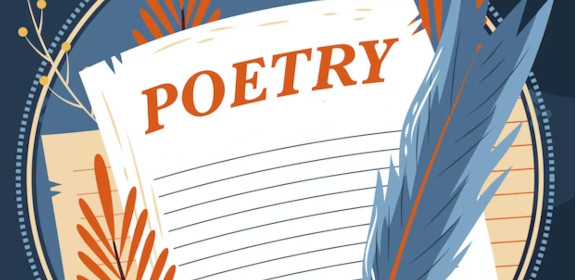30+ Meter Poem Examples
In the vast realm of poetry, one form that has captivated poets and readers alike for centuries is the meter poem. With its rhythmic and structured nature, meter poetry weaves a mesmerizing tapestry of words that not only convey emotions but also engage the senses. In this article, we delve into the essence of meter poetry, its definition, and its importance. We’ll guide you through the steps to craft your own meter poem, allowing you to unlock your creative potential and express yourself in a truly captivating way.
1. Meter Poem Classification
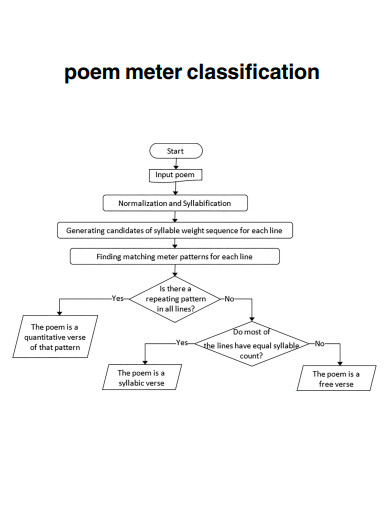
kb.gcsu.edu
2. Syllable Meter Poem Example
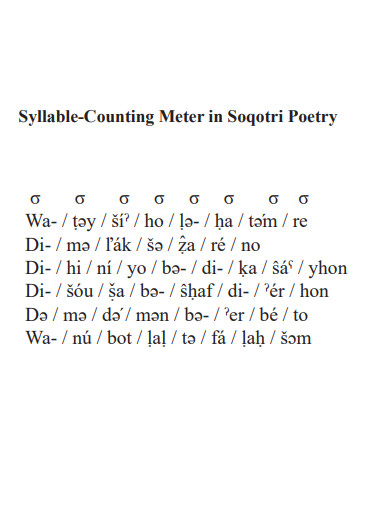
journals.aiac.org.au
3. Classical Arabic Meter Poem Example
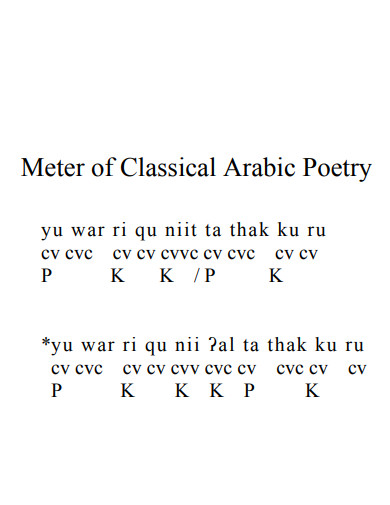
almutadaber.com
4. Basis of Meter Poem Example
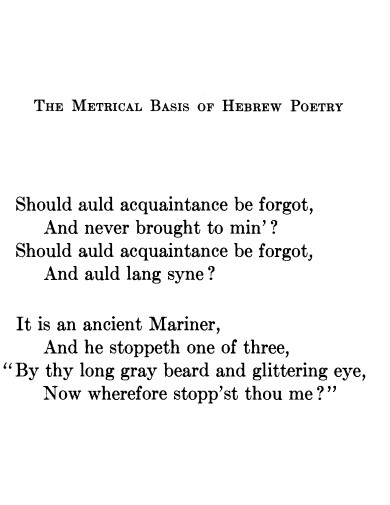
journals.uchicago.edu
5. Sudy in Meter Poem Example
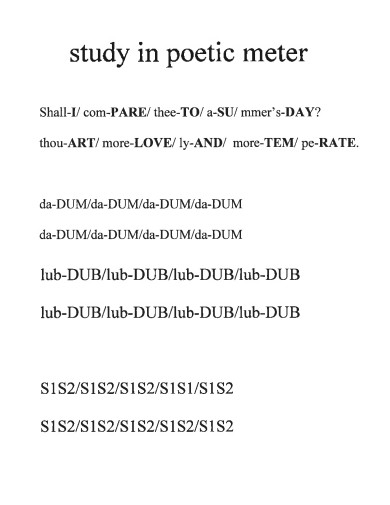
bioethics.miami.edu
6. Meter Poem Performance Example
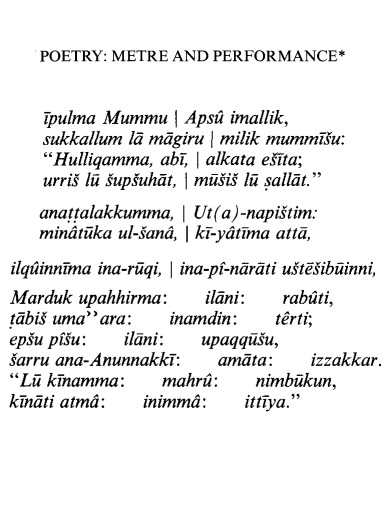
cambridge.org
7. Sample Meter Poem Example
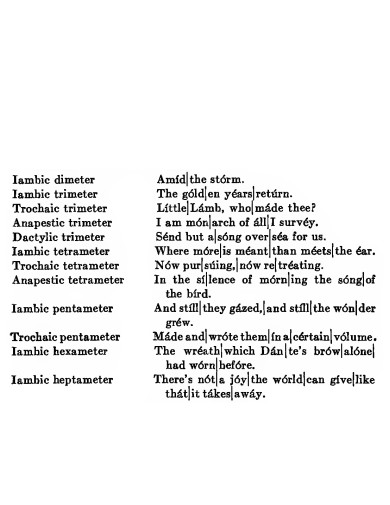
edisciplinas.usp.br
8. Simple Meter Poem Example
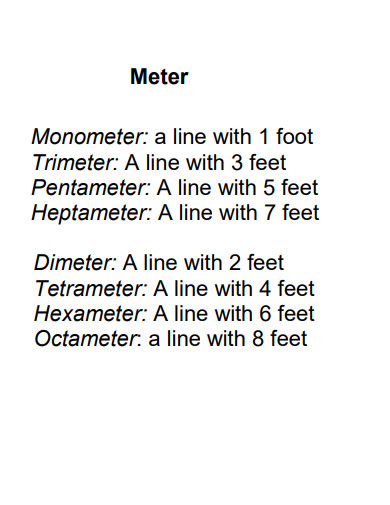
vaniercollege.qc.ca
9. Introductory Meter Poem Example
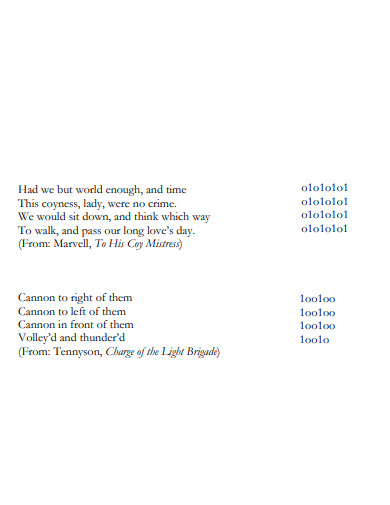
anglistik.uni-freiburg.de
10. Latin Meter Poem Example
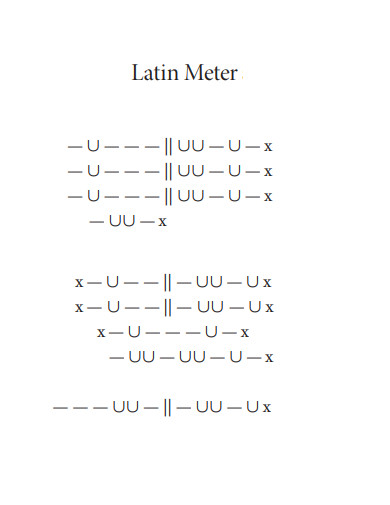
inter-versiculos.classics.lsa.umich.edu
11. Meter Rhythm Poem Example
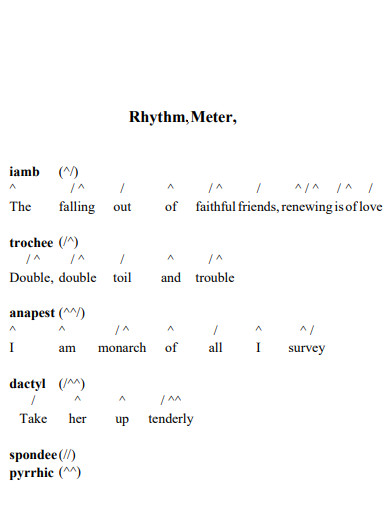
cjpress.org
12. Another Meter Poem Example
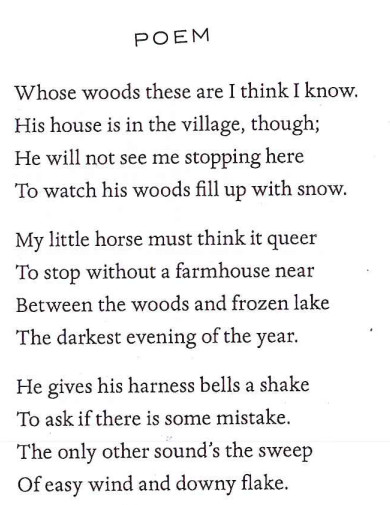
web4.bilkent.edu.tr
13. Morris Halle Meter Poem Example
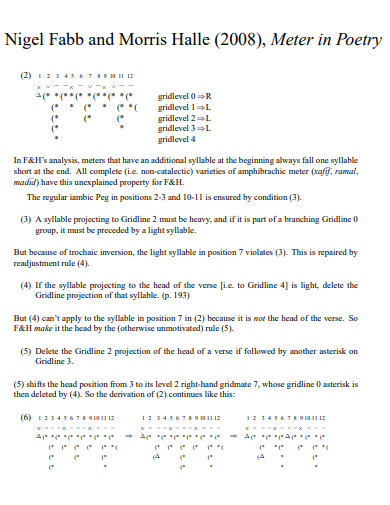
web.stanford.edu
14. Short-term Meter Poem Example
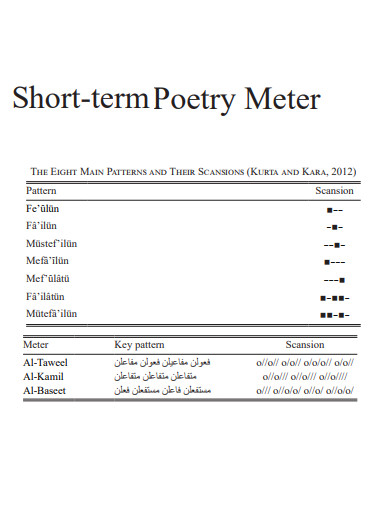
eprints.koyauniversity.org
15. Formal Meter Poem Example
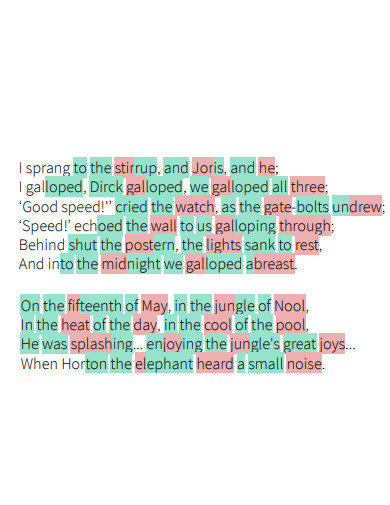
litcharts.com
16. Meter in Diwan Poem Example
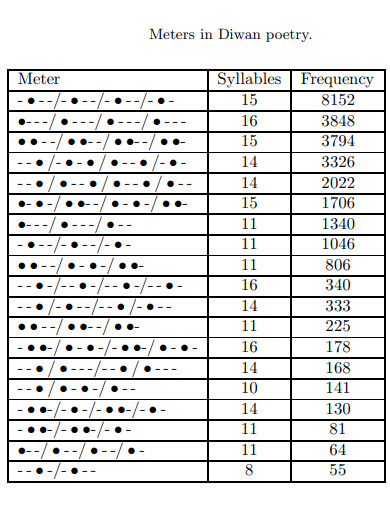
journals.tubitak.gov.tr
17. Meter Feet Poem Example
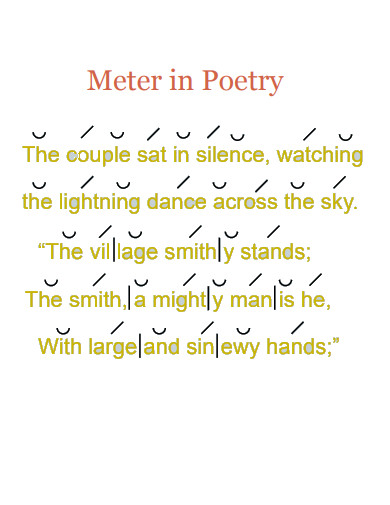
mi01000971.schoolwires.net
18. Iambic Meter Poem Example
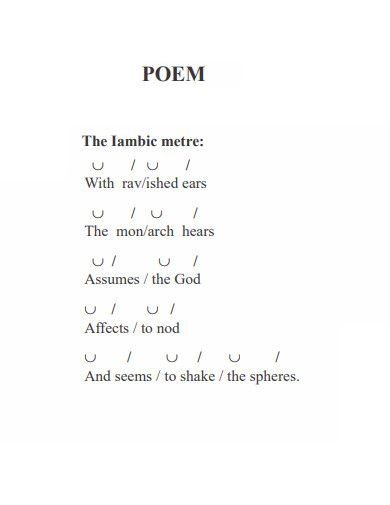
egyankosh.ac.in
19. Fixed Meter Poem Example
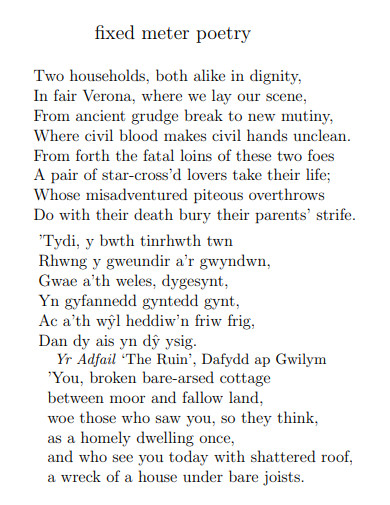
faGeneric Meter Poem Exampleculty.sbs.arizona.edu
20. Generic Meter Poem Example
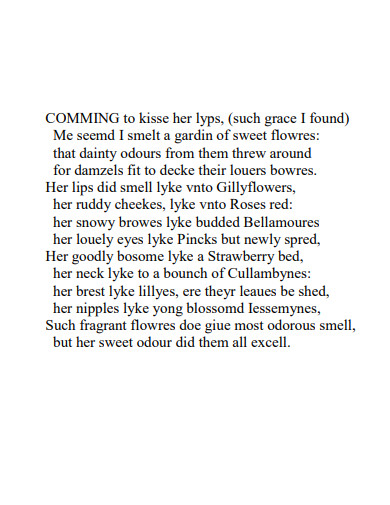
damanhour.edu.eg
21. Meter Poem Handout Example
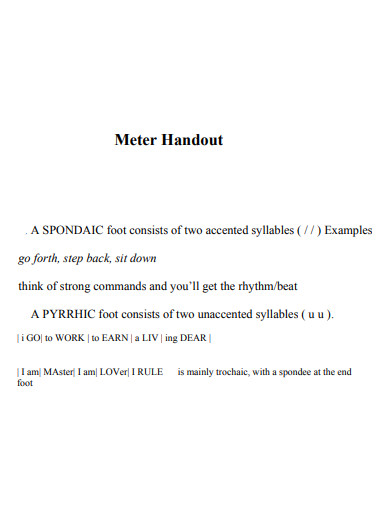
mainepoetssociety.com
22. Meter Freestyle Poem Example
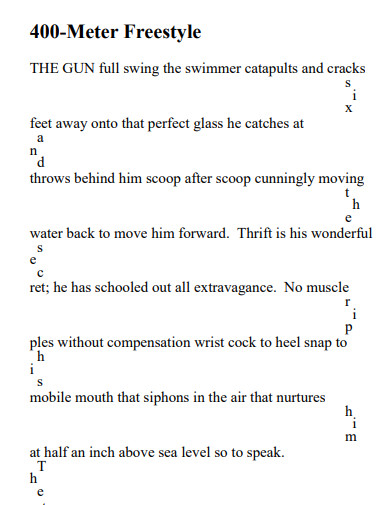
whs-hs.weatherfordisd.com
23. Talking about Meter Poem Example

bucks.edu
24. Robert Meter Poem Example
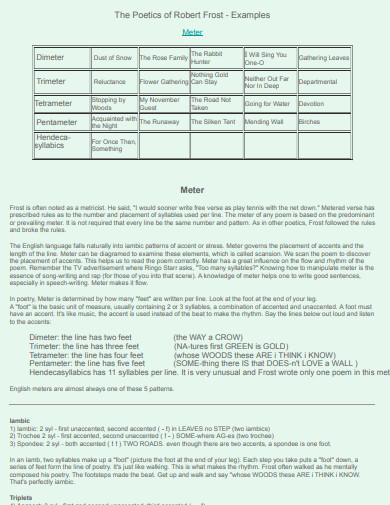
mrsdyrviknca.weebly.com
25. Features Meter Poem Example
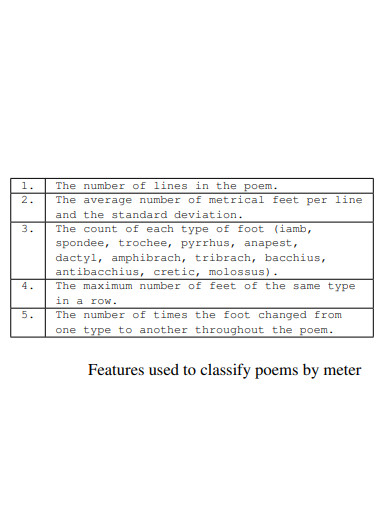
dial.uclouvain.be
26. Introduction to Meter Poem Example
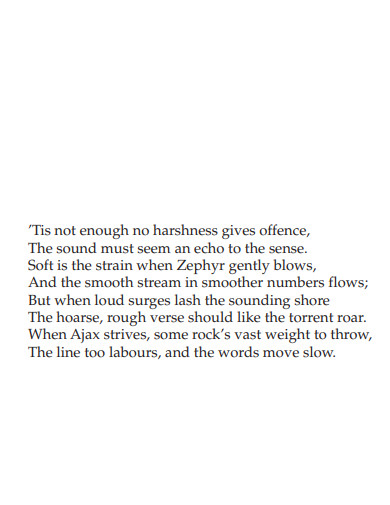
cdn.ncte.org
27. General Meter Poem Example
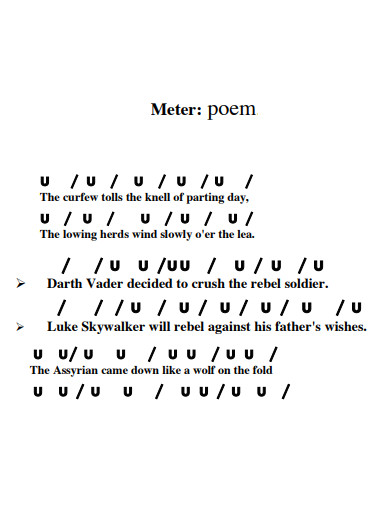
web.cn.edu
28. Printable Meter Poem Example
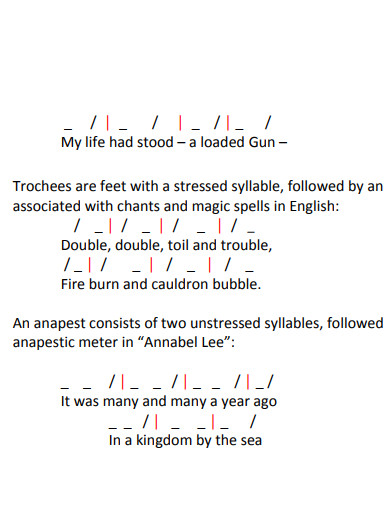
faculty.wiu.edu
29. Standard Meter Poem Example

annegraemartin.files.wordpress.com
30. Types of Meter Poem Example
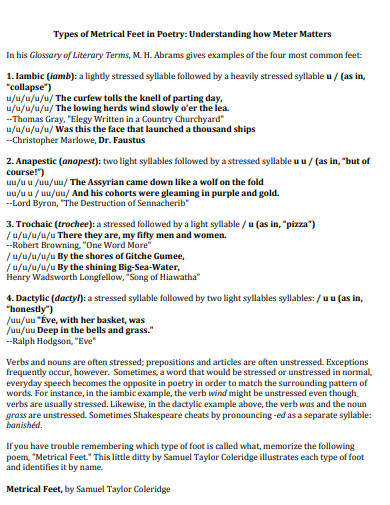
blogs.baruch.cuny.edu
31. Editable Meter Poem Example
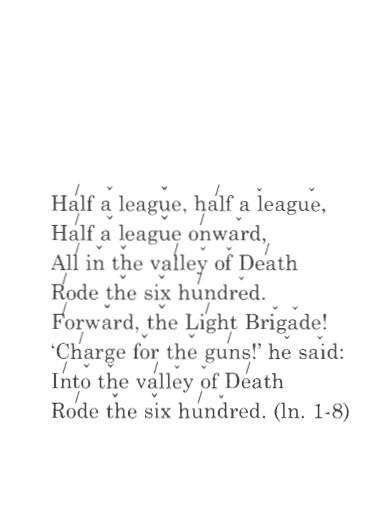
kb.gcsu.edu
What is a Meter Poem?
A meter poem is a poetic composition characterized by its rhythmic structure and the arrangement of stressed and unstressed syllables in a consistent pattern. This pattern of stressed and unstressed syllables forms the meter, which acts as a musical backbone for the poem. The meter enhances the poem’s auditory appeal and establishes a captivating flow that draws the reader or listener into the poem’s world. Just as a musical composition’s rhythm can evoke various emotions, the meter in a poem can influence its tone, creating a profound impact on how the poem is experienced.
How to Write a Meter Poem
Creating a meter poem might seem like a daunting task, but it’s a rewarding endeavor that allows you to play with language and rhythm. Here’s a step-by-step guide to help you craft your own meter poem and immerse yourself in the world of rhythmic expression.
Step 1: Choose Your Meter and Theme:
Select a meter pattern that resonates with the tone and theme you want to convey in your poem. The meter you choose will set the groundwork for your poem’s rhythm and flow. The theme should reflect the emotions or ideas you want to explore.
Step 2: Compose Your Stanza:
Divide your poem into stanzas, and within each stanza, create lines that adhere to your chosen meter. Pay attention to stressed and unstressed syllables, ensuring they align with the pattern you’ve chosen. Experiment with the arrangement of words to maintain the desired rhythm.
Step 3: Play with Verbs and Conjunctions:
Verbs are the powerhouse of any poem, and conjunctions provide the connective tissue. Choose strong verbs that enhance the impact of your words and align with your theme. Similarly, use conjunctions strategically to maintain the meter while guiding the reader through your thoughts.
Step 4: Infuse Literary Devices and Context:
Enhance your poem’s depth and resonance by incorporating literary devices such as metaphors and similes. These elements elevate your poem’s imagery and evoke emotions. Additionally, consider the context in which your poem will be read or heard – this influences your word choices and the impact of your meter.
FAQs
Can I switch meters within a single poem?
Absolutely! While consistency in meter creates a harmonious flow, intentionally switching meters can be a powerful tool to emphasize shifts in tone or theme.
Are clichés suitable for meter poems?
While meter poetry thrives on structured language, avoiding clichés is advisable. Fresh and original language maintains the allure of the form.
How does meter interact with the poem’s tone?
Meter plays a pivotal role in establishing the poem’s tone. A fast meter can create excitement, while a slow one can evoke melancholy. Align your meter with your desired emotional impact.
Meter poetry is an exquisite dance of rhythm and emotion, where words harmonize to create a symphony of meaning. By understanding the essence of meter, experimenting with language, and infusing your unique perspective, you can create poems that resonate deeply with your readers or listeners. Embark on this creative journey armed with the insights provided in this article, and let your meter poems paint vivid worlds of sensation and thought, guided by the rhythm of your heart.


